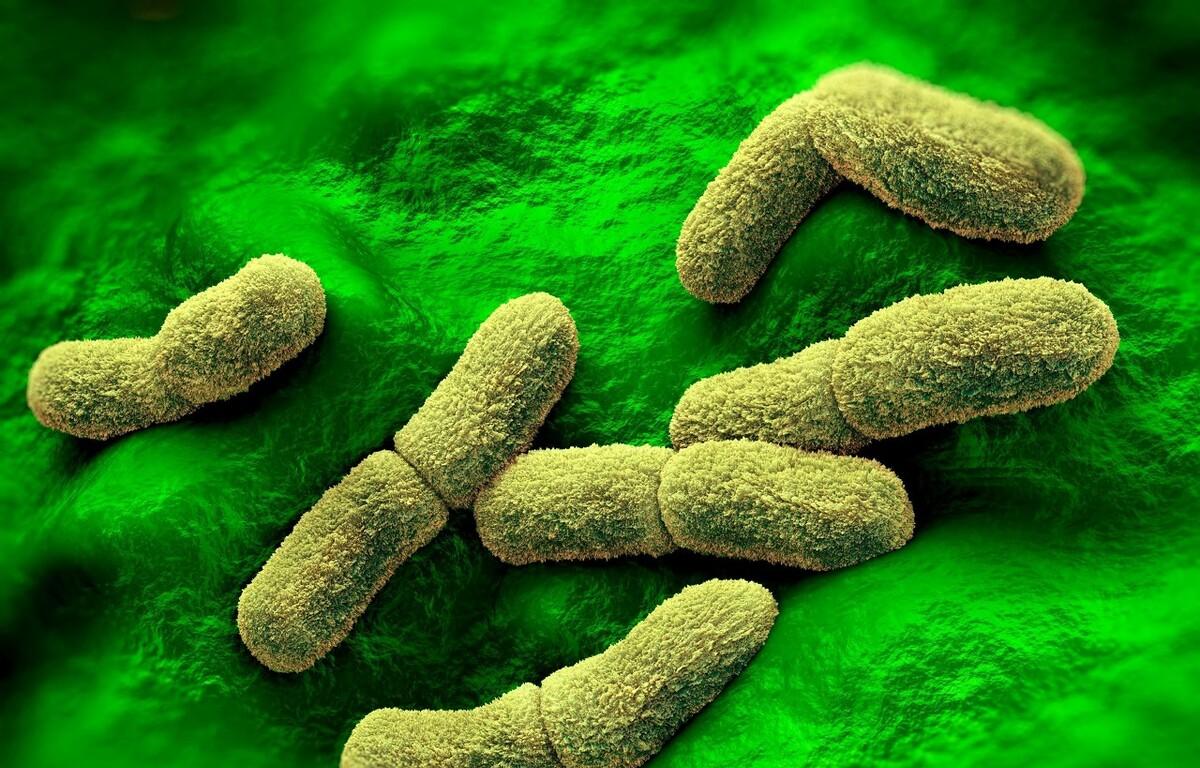1. Why is the plague called the Black Death?
Plague is a naturally occurring disease caused by Yersinia pestis (Y. pestis). Mainly through the infection of flea as the vector, through the skin to the lymph nodes to cause bubonic plague, through the respiratory tract into the occurrence of pneumonic plague, can develop sepsis.
Pneumonic plague and sepsis plague is known as the "Black Death" because of cyanosis and skin bleeding necrosis, and the skin is black after death.
It is highly contagious, with a case fatality rate of 30% to 60%, making it one of the most serious infectious diseases that harm humans. It is an international quarantine infectious disease, and like cholera, china lists it as a statutory Class A infectious disease.

2. What are the clinical manifestations after infection?
The incubation period of bubonic plague is usually 2 to 5 days, and primary pneumonic plague is only a few hours to 3 days.
Plague onset is acute. Chills and fever, body temperature rapidly rises to 39 ~ 40 ° C, accompanied by nausea, vomiting, headache and limb pain, facial flushing, conjunctival hyperemia, skin and mucosal bleeding. Confusion, slurred speech, faltering gait, luminal bleeding, systemic failure, and decreased blood pressure may follow.
Clinically, there are clinical types such as bubonic plague, pneumonic plague, and septic plague. Among them, the septic type of plague is the most dangerous type. It is more commonly secondary to pneumonic plague or bubonic plague.
3. Will there be human-to-human transmission?
According to epidemiological data, common routes of transmission:
1⃣️ Spread by flea bites.
2⃣️ Direct contact transmission: in the 10 days before the onset of illness, there has been a history of contact with endemic areas or with plague animals, especially in the summer and autumn when rodents are breeding and active. Hunters or those who peel off the skin and flesh of diseased animals have a greater chance of infection.
3⃣️ Propagated by droplets
Pneumonic plague patients or animal respiratory secretions contain a large number of plague bacteria, which spread with the air and cause transmission.
Therefore, the spread of plague is dangerous to human-to-human transmission.
4. Treatment principles and schemes
For pathogenic bacteria, antibiotics are key to reducing mortality rates early in treatment. Primary pneumonic plague can also achieve better efficacy if antibiotics are given within 15 hours of onset. Streptomycin is the drug of choice.
5. How can we prevent it?
Humans are generally susceptible to plague and have no natural immunity. So we should do three to three don't.
Three points: 1⃣️ Indoor disinfection should be regular, do a good job of personal hygiene, to ensure that there are no rats and no fleas; 2⃣️ find sick and dead animals should be reported in time; 3⃣️ Patients with fever, lymphadenopathy, pneumonia, and bleeding tendencies should seek medical treatment in time.
Three do not: do not touch, do not peel, do not cook sick and dead animals.
Pure science, thank you for your attention and likes, welcome to forward!